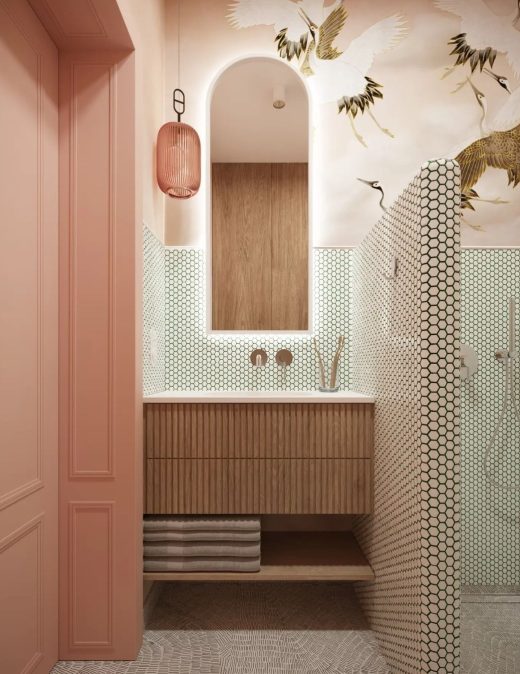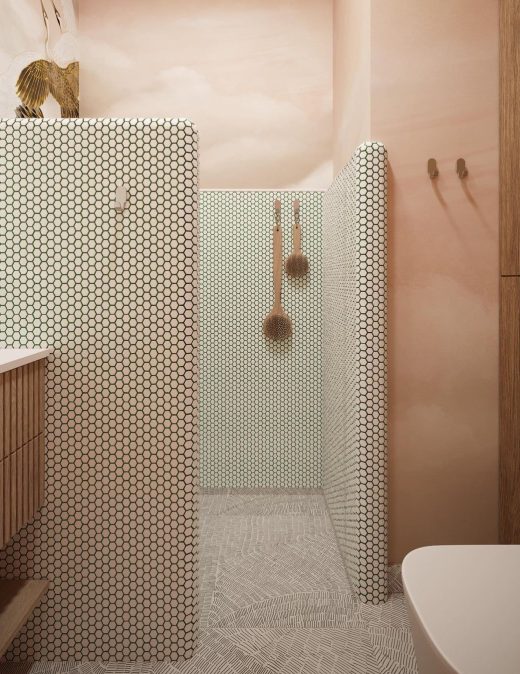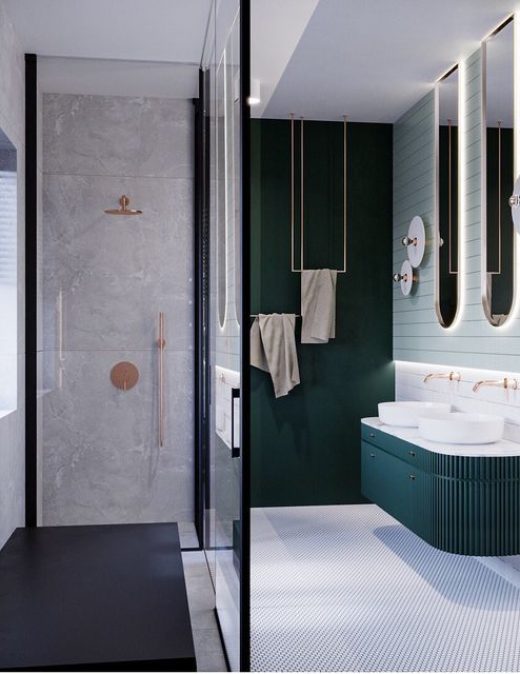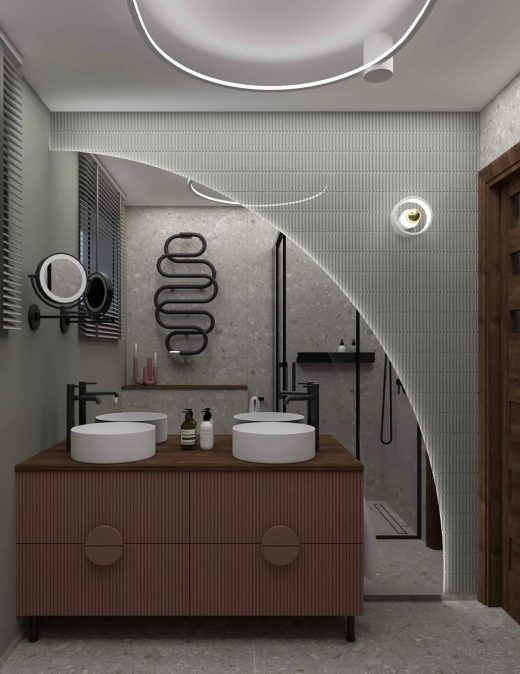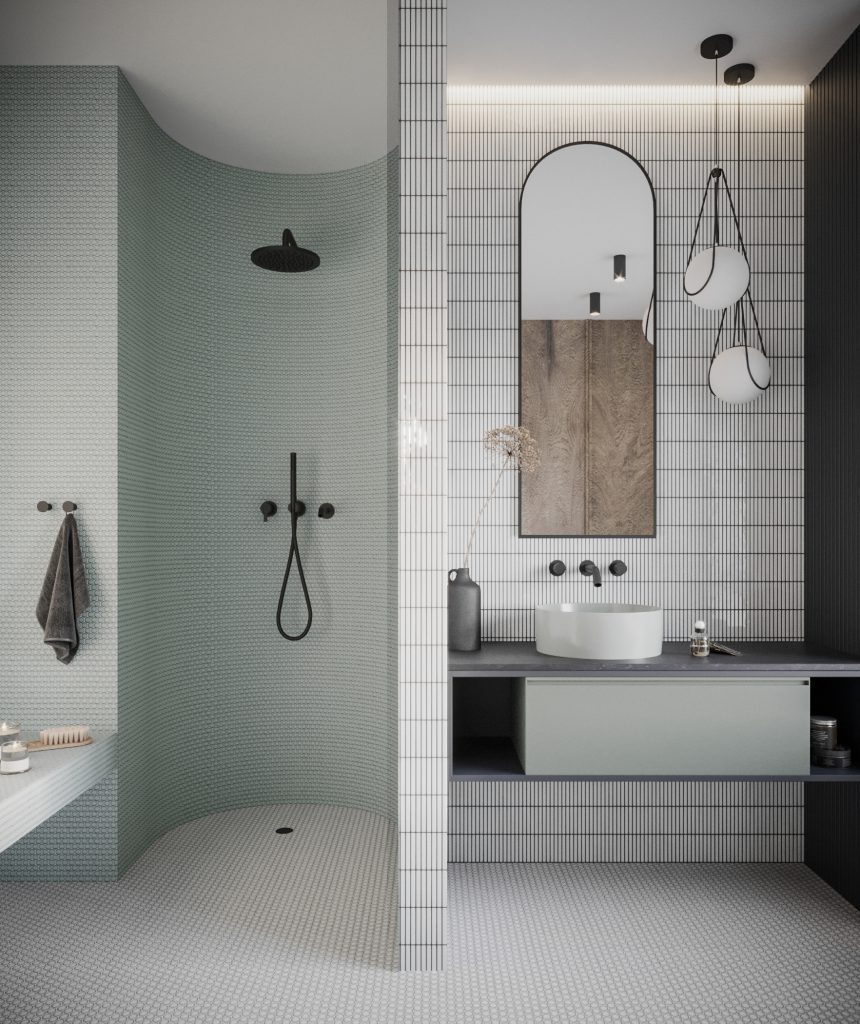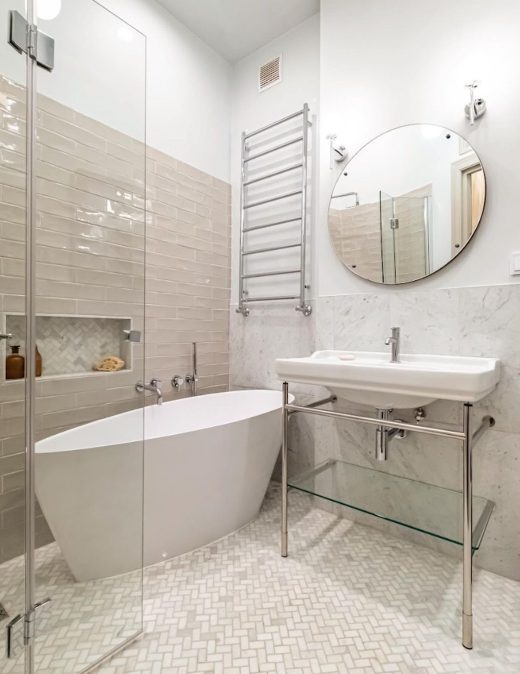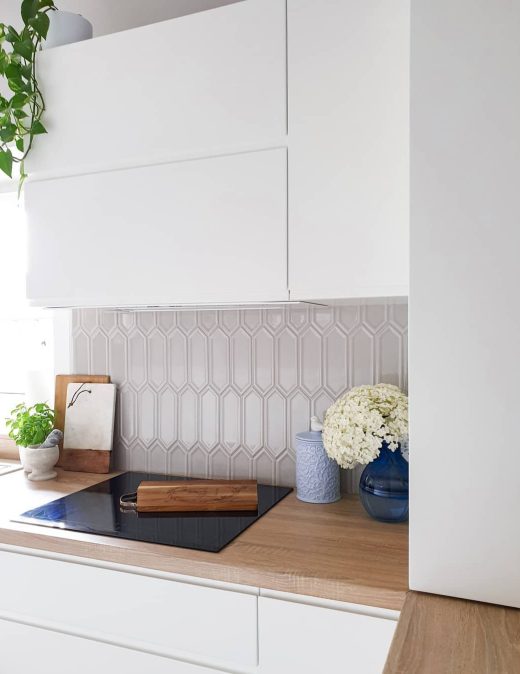MUST HAVE: Ovalness and beige
History goes round and round. Especially when it comes to the history of interiors. Oval shapes, such as circles, arches or ellipses are coming back to interior design and furniture trends and are gaining more and more fans. One such accent can completely change the design of our living room, kitchen or office. And when combined with beige shades, they give our home a cosy atmosphere.
In many spaces, there is a trend called decometry, which gets rid of angularity and relies on rounded shapes in earthy colours. This can be seen by looking through current interior design magazines. The oval shapes are dominating in the design of lamps, mirrors and leisure furniture. They also appear in architecture and construction. A specific inspiration for the creation of interiors and furniture in oval shapes is the 1960s. The retro climate for many is still the quintessence of comfort and style but curves and roundness do not only fit the retro style. They also work well in art deco interiors and many others.
Leisure furniture in streamlined shapes is associated with softness and encourages relaxation. The rounded shapes used in other furniture such as tables, chests of drawers and kitchen islands add spaciousness and functionality to interiors.
As a reference to retro style, arched transitions are used in interiors, which look stylish but still cosy when combined with the right accessories. In addition to arches in transitions, ovalness can also be used in other interior elements, for example as walls separating the kitchen from the living room or the shower from the rest of the bathroom. They also work well as a combination of two materials or shades and as recesses to display bookshelves or pictures. However, it is worth remembering that curved shapes are not just circles, ovals or ellipses. They can also be soft lines and swirls that imitate plants or geometric patterns. The use of many shapes helps to avoid monotony in the interior.
Natural materials and colours are now dominating in interior design and the previously popular white and grey colours are being replaced by a colour palette falling into beige and brown. However, it is worth clarifying that the beige colour can range from light brown to yellowish grey. Despite the fact that many designers and critics consider beige to be an inexpressive and sometimes even boring colour in interiors, there are those who find it ideal for many interiors thanks to its universal colour base, which works with most colours.
The use of different shades of beige in interiors gives them depth and optically enlarges the space. Beige provides a respite from excessive stimuli and is therefore ideal for rooms in which we relax or work and study. It is therefore worth painting the walls in the bedroom, the office or the room where the child studies and does homework in beige.
Beige and ovalness bring calm, harmony, warmth and cosiness to interiors. Due to this we consider them to be more atmospheric and we are more willing to stay in them.

